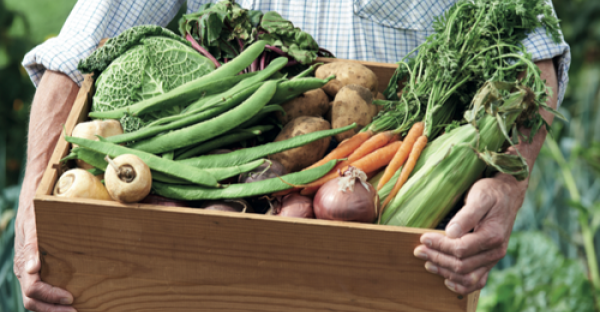
NOTE Tenancy Agreement is being updated at this time..
For more detailed conditions please refer to the tenancy agreement which can be downloaded from here.

Growing Together in Rugby Since 1928

NOTE Tenancy Agreement is being updated at this time..
For more detailed conditions please refer to the tenancy agreement which can be downloaded from here.
